A very rare and magnificent famille rose 'Hundred deer' vase, hu, Qing dynasty, Qianlong mark and period (1736-1795)
Lot 98. Rare et important vase 'Cent daims' en porcelaine de la famille rose, hu, Chine, dynastie Qing, marque à six caractères en cachet en bleu sous couverte et époque Qianlong (1736-1795); Hauteur: 45 cm. (17 ¾ in.). Estimate EUR 500,000 - EUR 700,000 (USD 591,954 - USD 828,736). Price realised EUR 4,151,250. © Christie's Images Ltd 2017
A very rare and magnificent famille rose 'hundred deer' vase, hu, China, Qing dynasty, Qianlong six-character seal mark in underglaze blue and of the period (1736-1795)
De forme pansue, il est délicatement orné d'un décor continu représentant une horde de cerfs, biches et daims au pelage finement émaillé, gambadant, se reposant, jouant, dans un paysage rocailleux agrémenté de grands pins tortueux, branchages de lingzhi, de pêches, parcouru par une rivière, des montagnes se dessinant au fond. Les anses sont moulées en forme de chilong stylisés émaillées rouge de fer et or.
Provenance: French private collection, acquired in the 1900s and thence by descent through the family.
Note: Vases with this type of decoration are often known as 'hundred deer vases' - although in most cases the number ‘hundred’ is used loosely simply to mean 'many'. In Chinese a hundred deer is bai lu which suggests the wish shoutian bailu 'May you receive the hundred emoluments from heaven'. The number one hundred is implied using two other rebuses within these designs, one is by including white deer amongst the brown or red deer, since the word for white in Chinese is bai - a homophone for the word for a hundred. In addition, deer may represent Luxing, the God of Rank and Emolument. The Chinese word for deer, lu, sounds like lu, the word for emolument or an official salary, thus deer are symbolic of the rank and wealth that are associated with such a salary. The 'hundred deer' therefore represent the ultimate success, a career in government service in Imperial China. The deer is also associated with Daoism and the God of Longevity, Shoulao. Chinese herbalists traditionally grind up deer antlers and include the resulting powder in certain medicines, believing it to have health-giving effects. As such, the subject-matter on the present vase alludes to a multitude of auspicious connotations.
The picturesque scenes of deers in rocky, tree-strewn landscape were probably intended to represent deers in the imperial gardens and hunting parks. The theme of 'hundred deer' was adopted on porcelains since the middle Ming period, and can be seen on a Wanli (1573-1620) wucai jar in the Musée Guimet, Paris (illustrated in The World's Great Collections - Oriental Ceramics Vol. 7 - Musée Guimet, Paris, Kodansha, Tokyo, 1981, no. 26) and on the pair of large blue and white Wanli jars given to Queen Christina of Sweden by the Portuguese Ambassador (see The World's Great Collections - Oriental Ceramics Vol. 8 - Museum of Far Eastern Antiquities, Stockholm, Kodansha, Tokyo, 1982, fig. 247). The subject of deers was more popular than ever during emperor Qianlong’s reign, as exemplified by a hanging scroll by one of the most revered Jesuit who served the Qing imperial court, Giuseppe Castiglione (1688-1768); sold at Christie's Hong Kong, 30 May 2005, lot 1207.
Jarre à décor dit "aux cent daims", règne de Wanli (1573-1620), décor cinq couleurs. Ancienne collection Ernest Grandidier, G4850. Photo © RMN-Grand Palais (musée Guimet, Paris) / Richard Lambert
Lang Shining (Giuseppe Castiglione, 1688-1768), Deer in an autumn forest (detail). Hanging scroll, ink and colour on silk, 121 x 64.7 cm (47 2/3 x 25 1/2 in.). Signed: chen, Lang Shining gonghua (respectfully painted by your servant). Two seals of the artst: Chen Shi Ning, Gong Hua. Nine colectors' seals, including: A full set of eight seals of Qianlong Emperor (r. 1736-1795); and One seal of the Jiaqing Emperor (r. 1796-1820). Sold for HKD 20,280,000 at Christie's Hong Kong, 30 May 2005, lot 1207. © Christie's Images Ltd 2005
This present vase is particularly outstanding because of the exquisite quality of the painting. The brushwork and the colours applied to the rocks, trees and deers are all rendered with incredible realistic accuracy and artistic ingenuity. Examples of hu-shaped vases with this design are in various museum and private collections: one from the Beijing Palace Museum, is illustrated in Porcelains with Cloisonne Enamel Decoration and Famille Rose Decoration, The Complete Collection of Treasures of the Palace Museum, Hong Kong, 1999, pp. 98-99, pl. 85; a pair is in the Shanghai Museum, illustrated in Selected Ceramics from the Collection of Mr. and Mrs. J.M. Hu, Shanghai, 1989, pl. 67; a single vase, also in the Shanghai Museum, is illustrated in Chugoku Toji Zenshu, vol. 21, Kyoto, 1981, pl. 103; and in the Hong Kong Museum of Art Collection, included in the exhibition, The Wonders of the Potter's Palette, Hong Kong, 1984, illustrated in the Catalogue, p. 119, no. 71. and another from the Grandidier Collection in the Musée Guimet, Paris, is illustrated in Oriental Ceramics, The World's Great Collections, Kodansha Series, Tokyo, 1981, vol. 7, pl. 190.
Vase à décor dit "aux cent daims", Règne de Qianlong (1736-1795), porcelaine de la famille rose, fours de Jingdezhen. Collection Ernest Grandidier, Paris, musée Guimet - musée national des Arts asiatiques, G4225. Photo © RMN-Grand Palais (MNAAG, Paris) / Thierry Ollivier
Compare also with three other similar vases, the first from the British Rail Pension Fund was sold at Sotheby's Hong Kong, 16 May 1989, lot 89; the second, from the collection of a medical doctor who worked in the German embassy in Beijing during the early 20th century, was sold at Christie's Paris, 14 December 2011, lot 170; and the last, from an American private collection, was sold at Christie's Hong Kong, 30 May 2012, lot 3990.
Rare et important vase 'Cent daims' en porcelaine de la famille rose, hu, Chine, dynastie Qing, marque à six caractères en cachet et époque Qianlong (1736-1795). Sold for €2,025,000 at Christie's Paris, 14 December 2011, lot 174. © Christie's Images Ltd 2011
A Magnificent Famille Rose 'Hundred Deer' Vase, hu, Qianlong six-character seal mark and of the period (1736-1795); 17 1/2 in. (44.5 cm.) high. Sold for HKD 14,660,000 at Christie's Hong Kong, 30 May 2012, lot 3990. © Christie's Image Ltd 2012
Christie's. Art d'Asie, 13 December 2017, Paris

/https%3A%2F%2Fprofilepics.canalblog.com%2Fprofilepics%2F1%2F0%2F100183.jpg)
/https%3A%2F%2Fstorage.canalblog.com%2F03%2F02%2F119589%2F96711876_o.jpg)
/https%3A%2F%2Fstorage.canalblog.com%2F11%2F31%2F119589%2F94773502_o.jpg)
/https%3A%2F%2Fstorage.canalblog.com%2F20%2F83%2F119589%2F94772815_o.jpg)
/https%3A%2F%2Fstorage.canalblog.com%2F26%2F72%2F119589%2F75604929_o.jpg)
/https%3A%2F%2Fstorage.canalblog.com%2F59%2F60%2F119589%2F26458628_o.jpg)



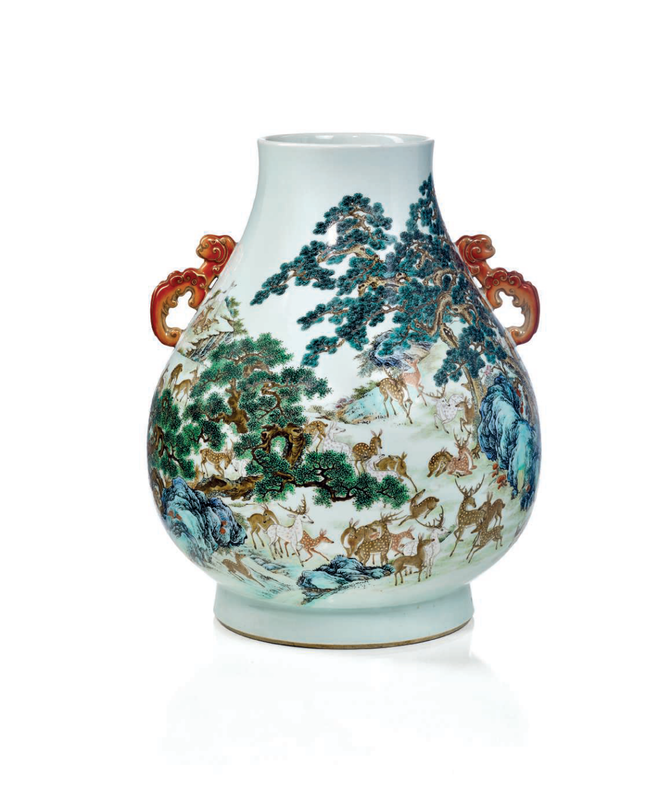



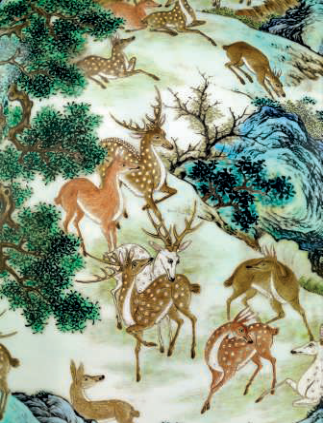

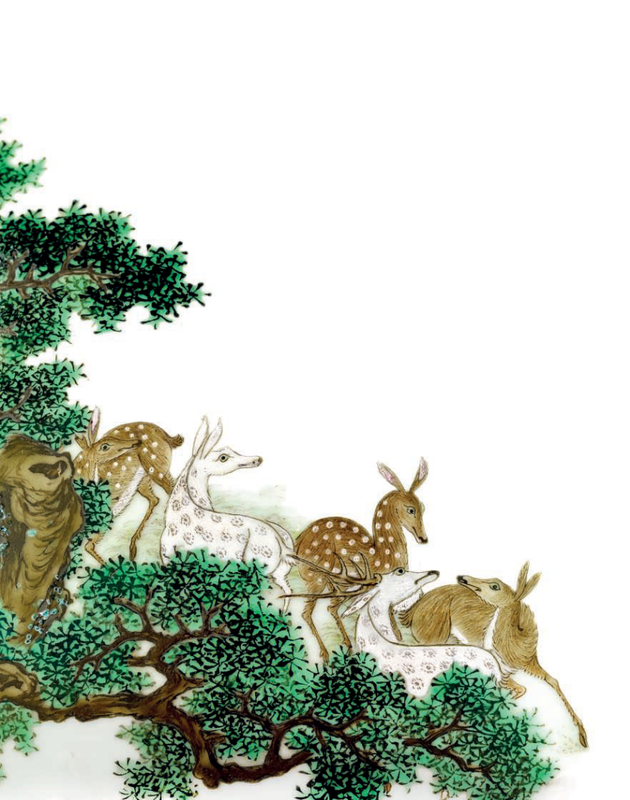
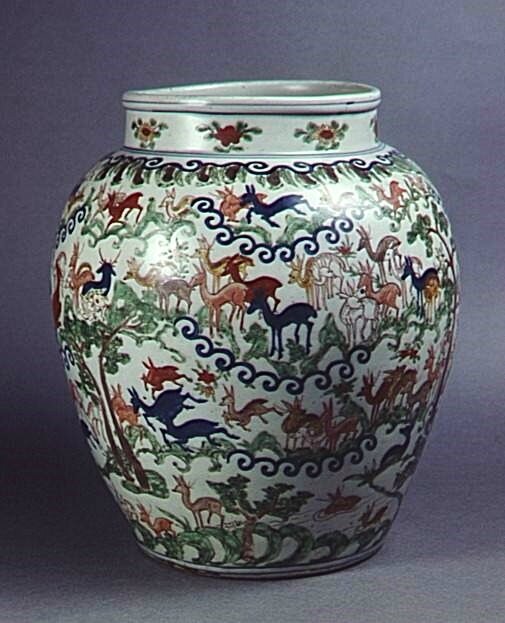


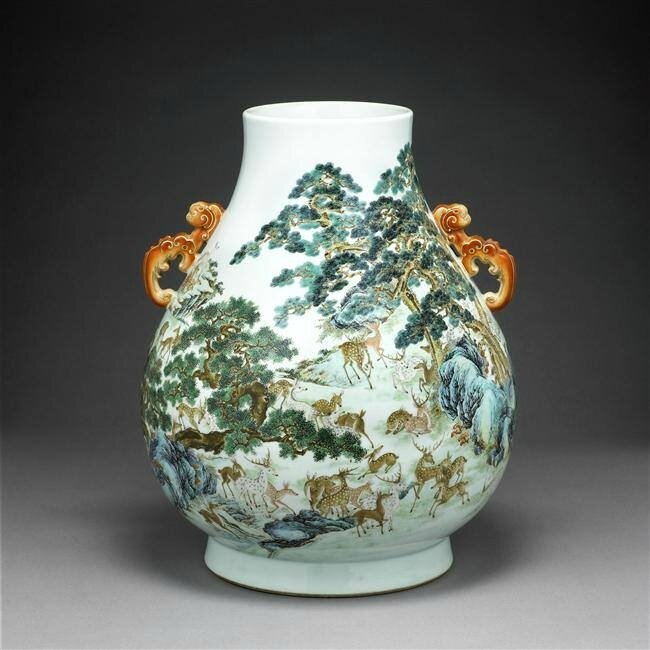




/http%3A%2F%2Fstorage.canalblog.com%2F91%2F48%2F119589%2F128923043_o.jpg)
/http%3A%2F%2Fstorage.canalblog.com%2F84%2F09%2F119589%2F128922928_o.jpg)
/http%3A%2F%2Fstorage.canalblog.com%2F74%2F57%2F119589%2F128709421_o.jpg)
/http%3A%2F%2Fstorage.canalblog.com%2F96%2F72%2F119589%2F128683141_o.jpg)